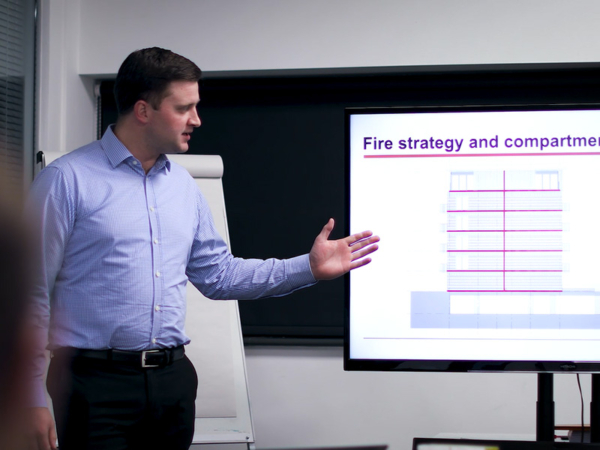
Traditionally, from the view of the main contractor, procurement has been carried out in order of procurement value of each package. This meant that because firestopping is of a smaller value compared to other packages, such as the M&E package, it was not considered until several months into the project. But, as high-rise building fires have demonstrated time and time again, this is far too late!
Since the Grenfell Tower fire, fire safety has become a major industry focus; the industry has recognised the importance of firestopping service penetrations to maintain compartmentation of the building.
Through the hard truths delivered by the public inquiry, alongside the introduction of the Building Safety Act, the industry has been given the chance to change. More recently, there has been a shift in attitudes and practices regarding early engagement in firestopping.
Why early engagement in firestopping?
In the guide jointly published by a number of fire associations titled, ‘Firestopping of Service Penetrations: Best Practices in Design and Installation’ there are nine Golden Rules, seven of these relate to the design of a building. This emphasises the importance of all parties – from architects to specialist firestopping contractors- being engaged from the early stages of design through to installation.
Early engagement involves cross-party communication and selecting the right contractors and products for the project. Consequently, this ensures a building is built around the test evidence.
So, how early is too early?
While early engagement in firestopping is a good practice and always encouraged, there are cases where it can be too early.
At Quelfire, we offer an Information Collection Form (ICF). The form will require relevant and specific details for the project requirements, this is so that we can then provide specific and relevant tested solutions in return.
When it comes to firestopping service penetrations, there are many factors which will make a difference in determining what the most suitable firestopping solution for the application is. For example, the service types, the material of floors and walls and fire ratings required.
The service type includes information about the size of the services, thickness of any insulation, whether it is a single or multi-service penetration and whether a formed letterbox application is needed.
If this information cannot be provided, then this would be considered as too early.
The idea of being engaged early in firestopping is to know what your requirements are, but being flexible to change the specification, if required. There may be cases where we may not have a solution for your application and recommend changing your services.
Therefore, flexibility is key to early engagement when taking on board the advice given by us.
Early engagement in firestopping saves lives and protects property. It also helps to avoid extra costs and delays, ensures compliant and achievable installations, and improves reputations. However, having the right mindset, in this case, is not enough: timing is important.
In order for us to provide the most appropriate tested solutions for your application, certain details are required. Help us to help you.

